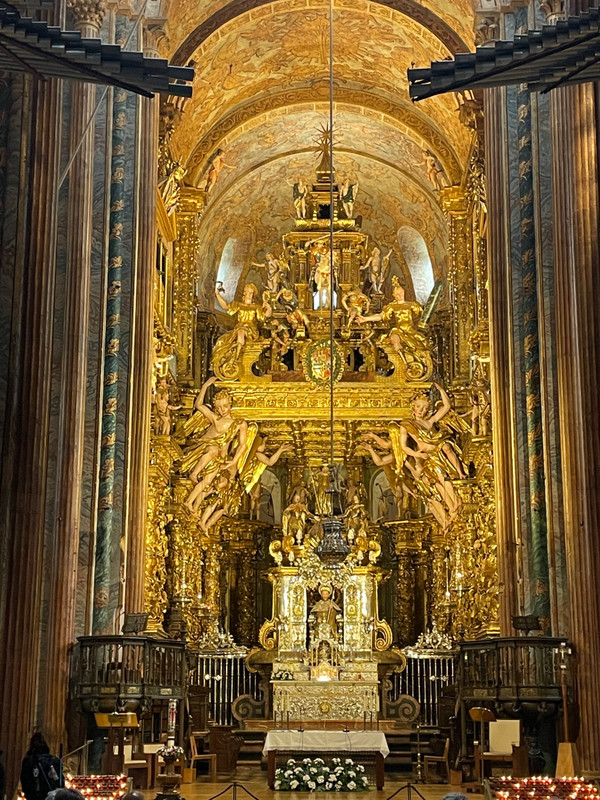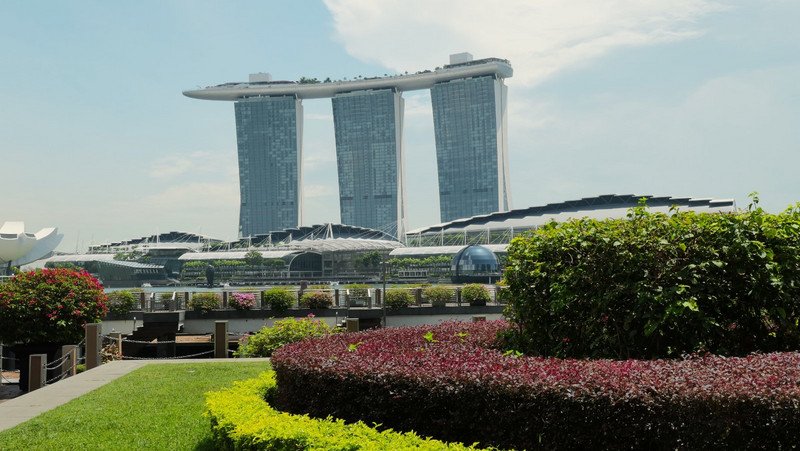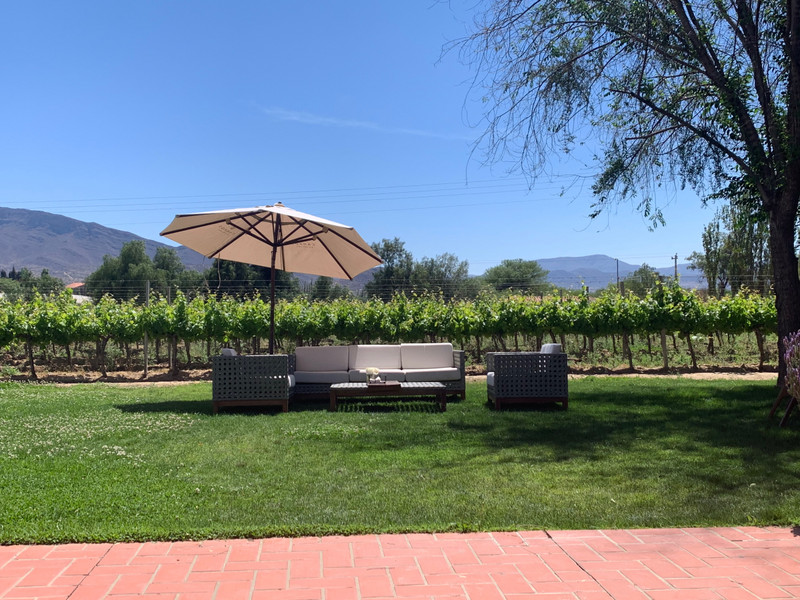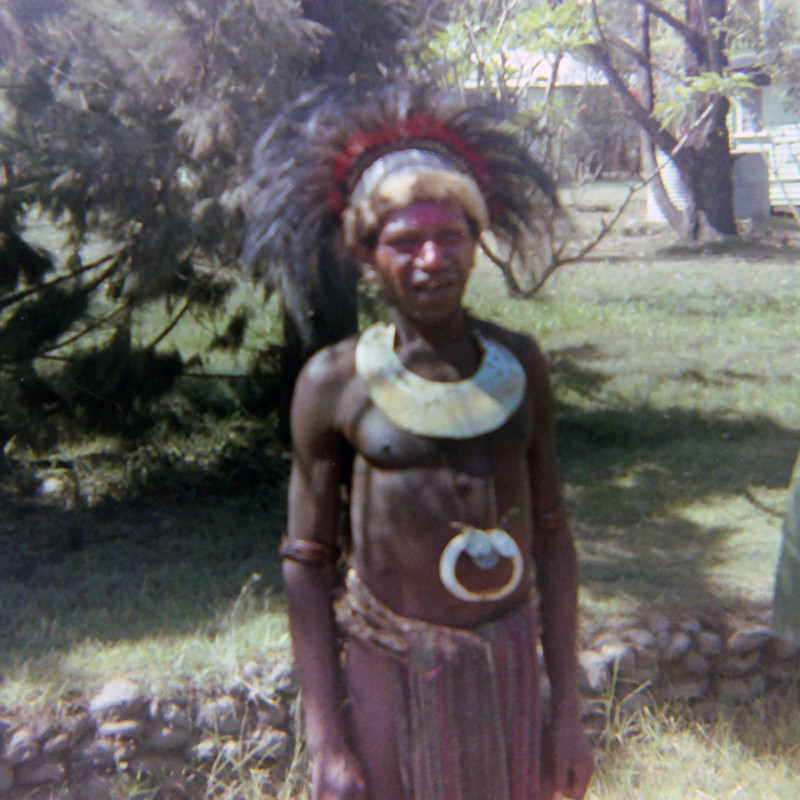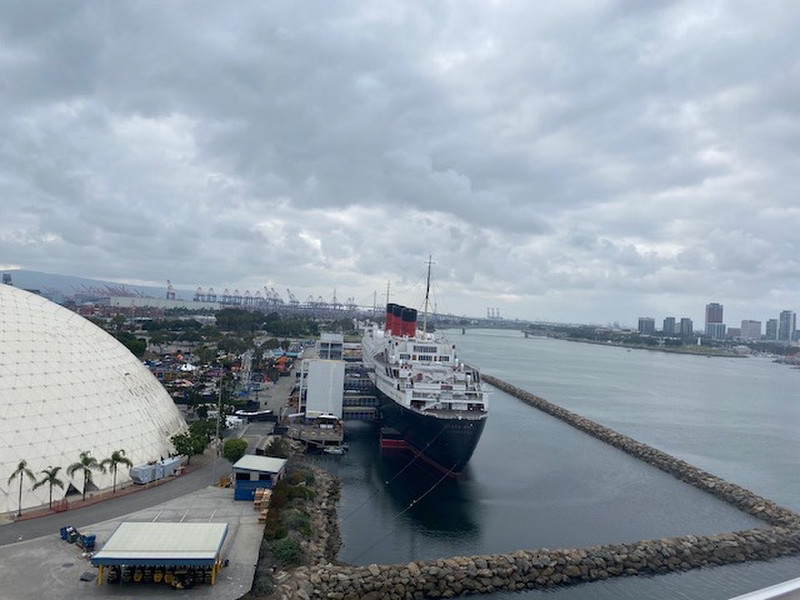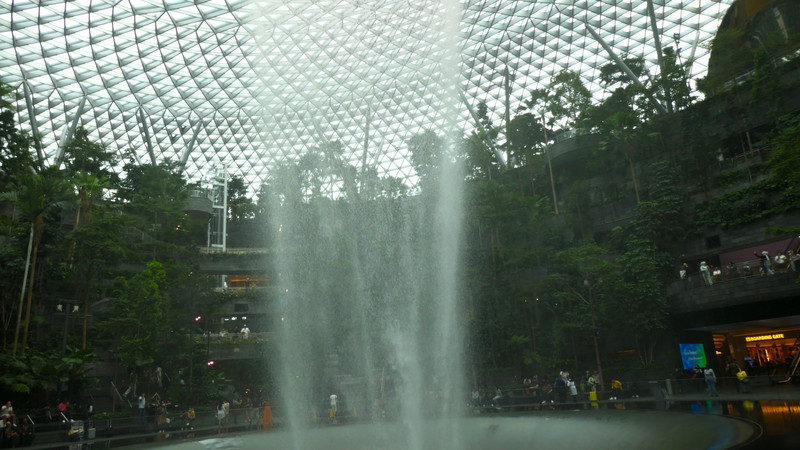In Spanish, Santiago means Saint James and his body is reported to be in the sepulchre under the alter in the Cathedral
After picking up our rental car at the Lisbon airport, were off to Spain. Santiago de Compostela is about a 5 hour drive from Lisbon on good highways but lots of tolls which costs EU 44.00 (appx $60.00 CDN). Gas prices in Europe are around $2.70/litre CDN so driving is expensive.
Santiago de Compostela is a final destination for those taking the Camino trail pilgrimage. Many of these routes(from various locations) follow the paths Saint James took during his many journey‘s to the area in his efforts to spread Christianity. After being martyred by King Herod, Jamess body was eventually transported to Santiago de Compostela and remains there to this day in the Cathedral. With the increasing control of Muslims in the Middle East, Jews and Christians were reluctant to travel to Jerusalem as their main pilgrimages and therefore transformed Santiago de Compostela into an alternative.
Of course the town is now a very popular tourist attraction in addition to the many people of faith taking the pilgrimage. Its well worth the time to visit and we found the various museums etc. quite educational, particularly the Museum of Pilgrimage. The Cathedral is spectacular and is surrounded by numerous ancillary
Summer house built for a member of the Catalan Bourgeoisie, those that are familiar with Gaudi projects in Barcelona will recognize the architectural style.
facilities including a Parador(means Inn in Spanish) which unfortunately was fully booked but we stayed at a nice hotel very close to the town center, a few minutes walk to many of the attractions.
The divided highway E70 is drive and a scenic route across north west Spain. It hugs the Atlantic coastline and features numerous tunnels and viaducts that meander through the gently rolling Cantabria mountain range. There are many small towns and villages along the route, that with more time, would be worth exploring. We did manage to stop at Comillas, which is the site of Gaudis Caprice house. Final stop of the day was a overnight stay in Santilla da Mar, a charming village listed as UNESCO world heritage site. What a surprise in this cobblestoned, historic village! On the outskirts was a very good Zoo, independently operated by a former university professor. Many school children, by teachers, were touring the facility obviously for educational purposes.
The balance of the drive to Bilbao included a lunch stop in Santano, a mid sized fishing village that included, what appeared to be, a substantial fish processing plant. After briefly wandering around, we managed to
find a local pub/restaurant for a lunch of grilled sardines in addition to a very limited kibitz with the Spanish speaking waitress using Google translate.
Bilbao, with population of appx 400,000, is reputed to be the capital of the Basque culture. The local government is officially bilingual with Spanish and Euskara(the name for Basque language). For us, being unilingual English speaking, there was quite a difference between the two local dialects as evident by the street signs which are in both. One of the major attractions of the city is the Guggenheim museum designed by Canadian born architect, Frank Gehry. The building itself is quite impressive, however, most of art exhibits were outside of our interest and taste, although, there was a magnificent expo themed autos as an art form which showcased a number of unique car designs both historic and future concepts.
The Nervion river runs through Bilbao before heading to the Bay of Biscay on the Atlantic Ocean. Its an attractive city with long promenades on both sides of the waterway featuring numerous cafes, restaurants and retail shops. We head out to our final stop on this part of our trip with a stop at Guernica
